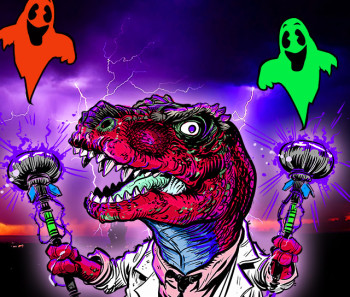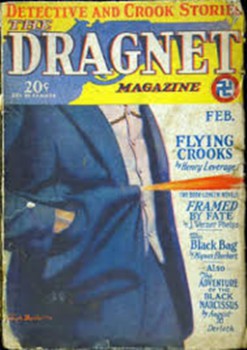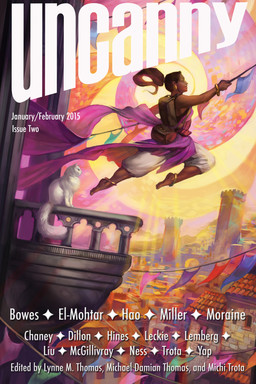Out of the Mouth of Madness
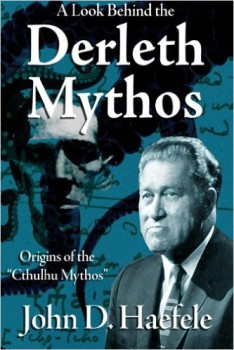 I spent the past year in the frozen tundra on a quest not for gold or oil, but rather that elusive will o’ the wisp men call Ha of Saskatoon. I barely escaped with my life, a sad and broken man. Over the course of many months, I poured through John D. Haefele’s exhaustive tome, A Look Behind the Derleth Mythos which the redoubtable Don Herron bequeathed to me in an effort to restore my shattered mind. Having recently closed the book for the final time, I come forth with this my 250th article. A mere trifle for the more prolific blogger, but a milestone for this shadow of a man who once was.
I spent the past year in the frozen tundra on a quest not for gold or oil, but rather that elusive will o’ the wisp men call Ha of Saskatoon. I barely escaped with my life, a sad and broken man. Over the course of many months, I poured through John D. Haefele’s exhaustive tome, A Look Behind the Derleth Mythos which the redoubtable Don Herron bequeathed to me in an effort to restore my shattered mind. Having recently closed the book for the final time, I come forth with this my 250th article. A mere trifle for the more prolific blogger, but a milestone for this shadow of a man who once was.
Now in absolute fairness I should disclose a few facts before continuing. First off, I am not an H. P. Lovecraft cultist. I like aspects of the Mythos more than I do his actual fiction. This will be heretical to many, but I did not come upon his prose until later in life – long after Roy Thomas introduced me to his work in various comics he authored for Marvel in the 1970s and well after the time I had absorbed bits and pieces of the Mythos unknowingly while devouring Robert E. Howard’s stories in the pages of the Lancer or Ace Conan paperbacks with their stunning Frazetta cover art which, like that of Boris Vallejo and Neal Adams, frequently displayed brazen muscular buttocks in a fashion that touched something primal and possibly even impolite in my already warped adolescent brain.
I must also refrain from joshing my readers that a particular Lovecraftian scholar earned my enmity like no one since S. J. Perelman when I purchased a pricey, but beautifully bound and illustrated Sax Rohmer collection that was published in recent years only to find said literary critic’s introduction to the same was dismissive, condescending, and pompous in the extreme. It took much restraint not to craft an analogue for this bloated windbag in my third Fu Manchu book and allow the Devil Doctor to feed this bleating goat’s delicate parts to starving centipedes. Despite the appeal of such a notion, I chose instead to let karma find him and that it may have done with Haefele’s scholarly work.
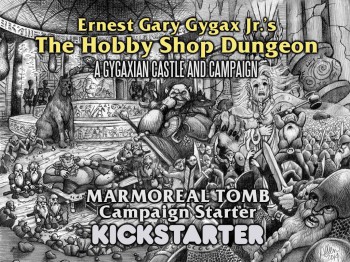
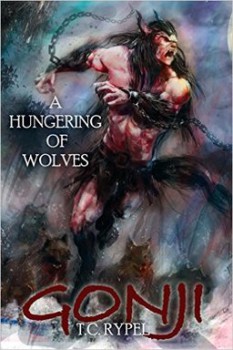 I’ve finally read
I’ve finally read 